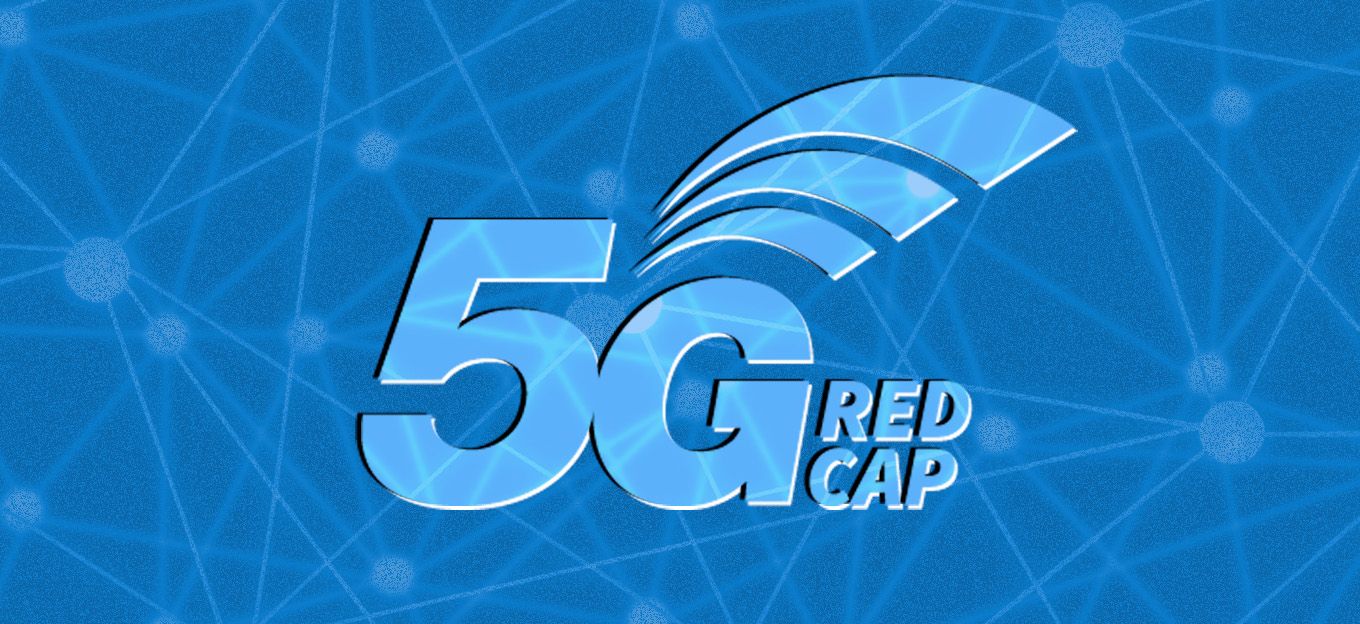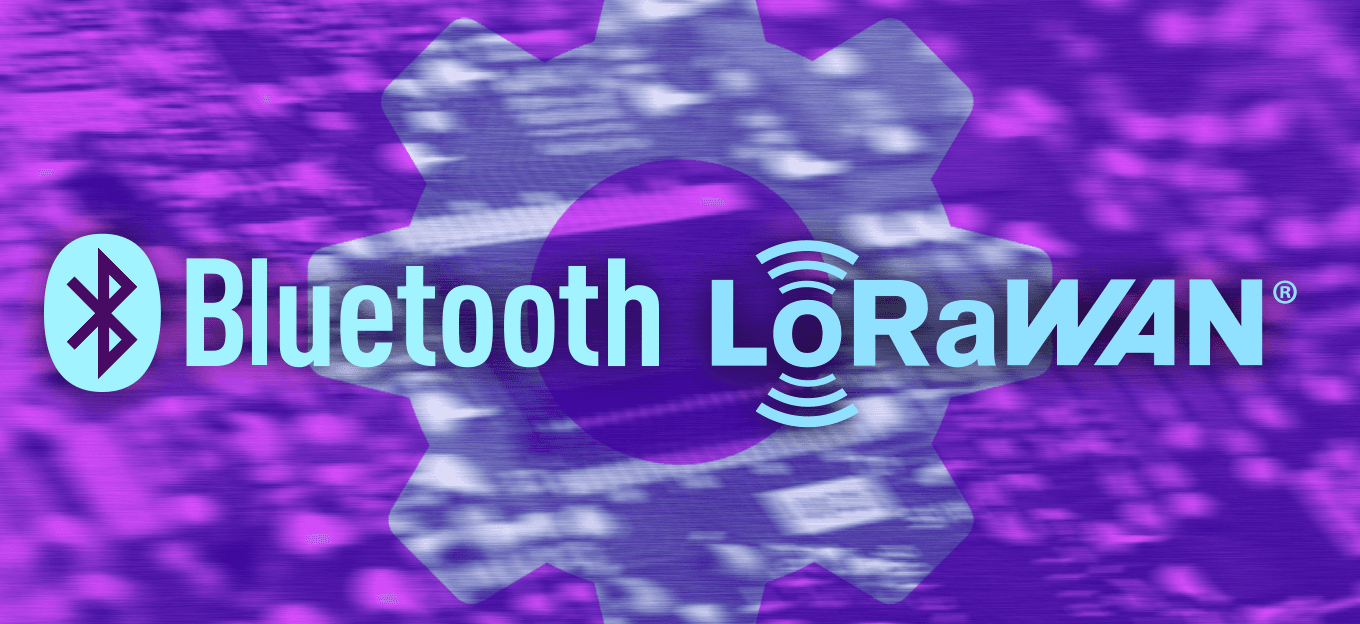Low-Power Wide-Area Technologies Continue to Drive IoT Market Growth
Low-Power Wide-Area Technologies Continue to Drive IoT Market Growth
- Last Updated: December 2, 2024
Transforma Insights
- Last Updated: December 2, 2024



Transforma Insights has repeatedly highlighted the immense potential of Low-Power Wide-Area (LPWA) technologies. From the point at which the phrase was termed by founder Jim Morrish in 2012, up until today, we have been convinced that these technologies have tremendous potential. In a recent Transforma Insights blog post, we identified that this group of technologies would account for more connections than regular cellular networks by the mid-2020s. Let's explore that growth in a little more detail, looking at the historic and forecast market growth, use cases for LPWA, and how the technologies will be deployed.
What is LPWA?
Low-Power Wide-Area (LPWA) is an umbrella term for a set of technologies that act in a way that is similar to traditional cellular services, i.e. supporting a long-range connection to a device. The difference is that LPWA technologies have been optimized to support machine-type communications: small amounts of data, generally sent infrequently, and where low latency is not a critical requirement. In so doing they can optimize for limited power consumption, allowing them to run for many years on a battery. They are also very cheap.
There are two distinct categories of LPWA technologies:
- Licensed Technologies: Developed as part of the 3GPP standards for mobile communications, i.e. developed by the mobile industry for deployment by traditional mobile network operators as an overlay or upgrade to existing networks. These include the NB-IoT and LTE-M standards and are referred to collectively as massive Machine Type Communications (mMTC) networks, specifically 5G mMTC.
- Unlicensed Technologies: Run in freely available spectrum in the same way that Wi-Fi does. That doesn’t mean that the spectrum can be used without limit. These technologies have to work within tightly defined parameters of power levels and frequency of messages in order to be permitted to use the spectrum. These technologies may be deployed privately to cover a campus or run by a service provider and in some cases even by mobile network operators who have chosen this path rather than NB-IoT. The most commonly deployed is LoRaWAN. Others include Sigfox, Wi-SUN, and Wi-Fi HaLow.
Phenomenal LPWA Growth Trajectory
Mobile networks have been around since the 1980s, and since the 1990s they have been able to support the most rudimentary data services, i.e. SMS, although they were optimized for data services until the early 2000s. Realistically we have had 20 or 30 years of mobile data. At the end of 2010, there were less than 100 million cellular-connected IoT devices worldwide. By about 2020 that figure had grown to 1 billion.
We should note that the billion cellular-connected IoT devices in 2020 also included some LPWA devices, in the form of NB-IoT and LTE-M, which bumps those numbers somewhat, but it has been in the last couple of years that growth increased for those technologies.
Compare that cellular growth with the growth trajectory and expectations for LPWA. The LTE-M and NB-IoT standards were only first made available as part of the mobile standards in 2016 (although other variants had been available before that) and devices became available a couple of years after that. The unlicensed technologies had been around for 5-10 years before. Collectively, these technologies will grow from 698 million in 2022 to 5.24 billion in 2032, more than double the 2.6 billion expected of the more traditional cellular technologies (2G, 3G, 4G, and 5G non-mMTC).
"Collectively, these technologies will grow from 698 million in 2022 to 5.24 billion in 2032, more than double the 2.6 billion expected of the more traditional cellular technologies."

By the end of 2022 technologies under the umbrella of 5G mMTC (which is how we at Transforma Insights refer to them) had reached 434 million connections, mostly deployed in China. The non-mMTC LPWA technologies, i.e. the unlicensed ones, will grow from 264 million to 1.7 billion. Over the period the mMTC share of LPWA will grow slightly from 62 percent in 2022 to 68 percent in 2032.
LPWA Growth Use Cases
Smart meters are a major use case, and by the end of 2022, more than half of the LPWA connections (53 percent) were used in smart meters. Over the next decade, there will be significant diversification. By 2032, smart meters will represent 37 percent of the total LPWA connections. The shift of share will be attributed to LPWA deployment. Besides, the potential for further LPWA deployment in current applications is also significant. For instance, NB-IoT-connected postal labels or Sigfox-connected direct marketing will gain momentum in the future.
Public vs. Private
The vast majority of mMTC connections will be deployed using public networks, those run by mobile network operators. Deployments on private networks, those run by the enterprise itself within a campus, factory, or warehouse, will be minimal. The use cases for NB-IoT and LTE-M on private cellular networks are limited because they typically don’t need to take advantage of the low power consumption. Other alternative short-range LPWA technologies will be preferred.
In contrast, the deployments of unlicensed LPWA will be much more mixed. Around half of all connections will use self-deployed networks. The origins of the dominant technology, LoRaWAN, was as a private networking technology and even Sigfox, initially envisaged as being deployed by Sigfox Network Operators as public networks, has been pivoted by its new owners UnaBiz to include private deployment options.
LPWA: An Integral Part of the IoT Market
The use cases for which low-cost devices, running on batteries for up to ten years, and deployed almost anywhere, are many. These technologies are much more optimized for IoT than traditional cellular and as a result, it is not surprising that we expect they will come to account for the majority of the wide-area connectivity space. At the same time, they open up to the prospect of lots of new applications.
The Most Comprehensive IoT Newsletter for Enterprises
Showcasing the highest-quality content, resources, news, and insights from the world of the Internet of Things. Subscribe to remain informed and up-to-date.
New Podcast Episode

Moving Past the Pilot Phase in IoT and AI
Related Articles




